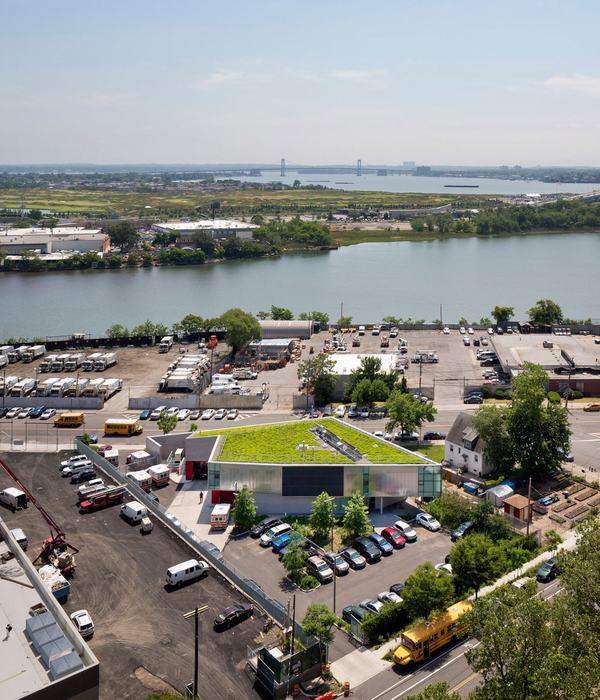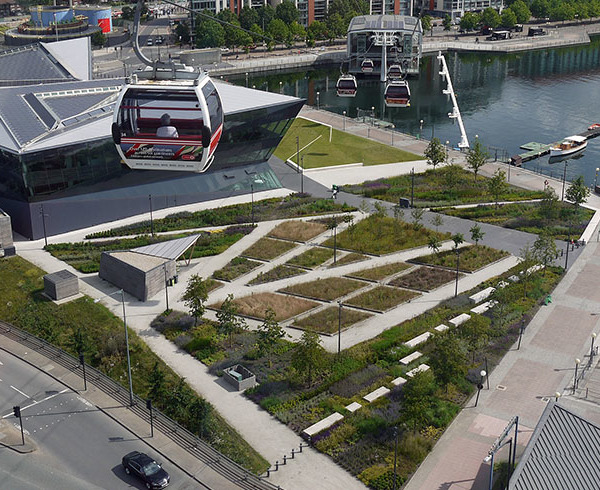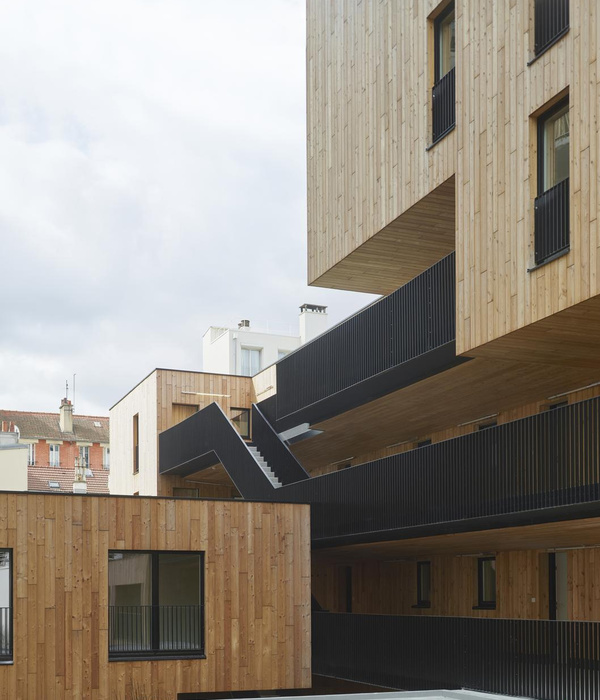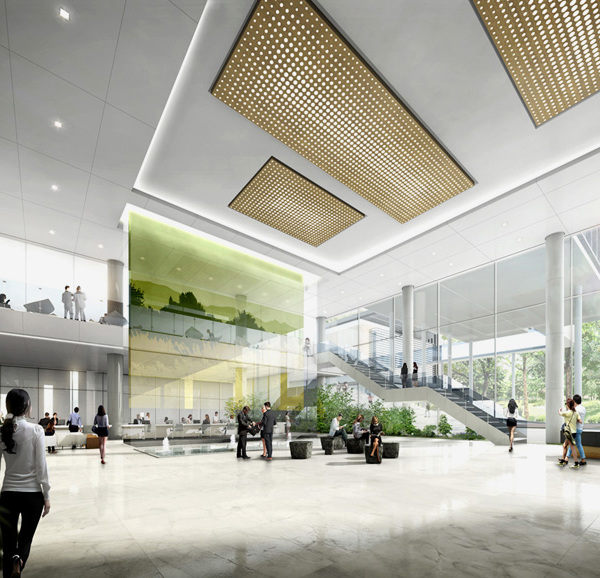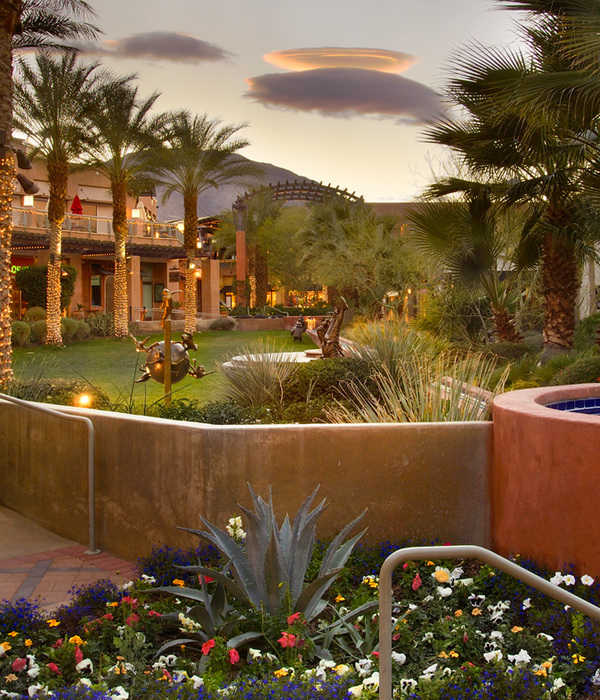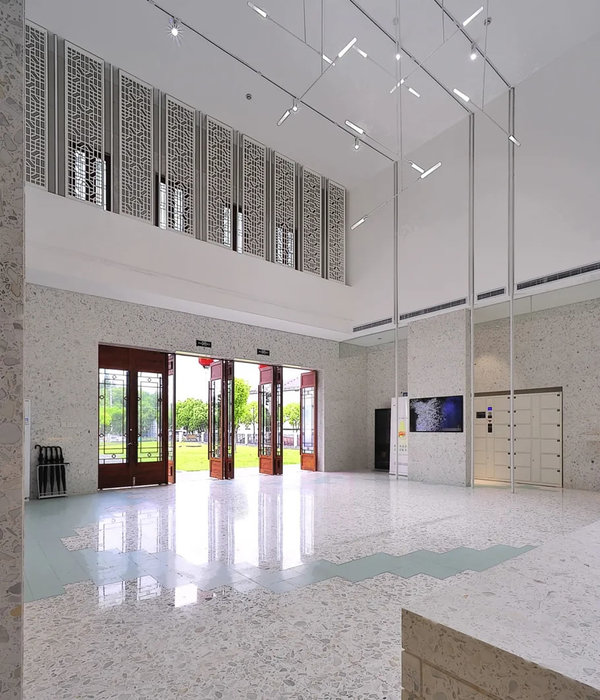The Danish-Icelandic artist’s summerlong Tate Modern takeover begins with far-reaching retrospective and Terrace Bar treats
Installation view of ‘Olafur Eliasson: In real life’ at Tate Modern, on view from 11 July 2019 – 5 January 2020. Photography: Anders Sune Berg
Bowlfuls of carbon-conscious, seasonal, and vegetarian fayre greet guests gathered for ‘Olafur Eliasson: In Real Life’ at Tate Modern’s Terrace Bar. If you’ve come to get closer to the globally recognised star-artist, to understand him ‘IRL’, breaking bread is the place to start.
These bowls go deep. They represent Studio Olafur Eliasson’s message – of sustainability, community and experimentation – in its most elemental form. The Berlin studio (which comprises craftsmen, architects, archivists, filmmakers, administrators, cooks), is famed for its communal approach, typified by the daily lunches, cooked and eaten family-style on long benches. Think wholemeal sourdough and beet soup for the soul.
The Presence of Absence, by Olafur Eliasson, installation view at Tate Modern
The exhibition packs bellyfuls in. A 39m corridor of dense fog; 450 models, prototypes, and geometrical studies from the artist’s studio; a huge wall of reindeer moss from Finland – it’s an ambitious mesh of Eliasson’s three-decade long exploration of (among other things) climate change.
RELATED STORY Olafur Eliasson’s ‘Ice Watch’ confronts Londoners with the realities of climate change
Outside, a dramatic Waterfall (2019) installation measures over 11m in height, with its exoskeleton of pumps and pipes on display. It’s positioned not far from where Ice Watch (an installation of glacial ice from Greenland) stood in December 2018, in a poignant curatorial decision that reflects the fragility of melting ice caps. Inside, the theme ruminates. One of the quieter exhibits, a series of photographs of Iceland’s glaciers taken by the artist in 1999, will be replaced in the autumn by a new artwork that incorporates the old series alongside photos taken 20 years on, illustrating the changes in this landscape that are happening now.
In a continuation of his Tate takeover – which, for the institution, no doubt presents exciting opportunities to replicate the blinding success of Eliasson’s glowing sun, that attracted more than two million people in 2003 – a city of white Lego will be dropped into the Turbine Hall later this month, upon which visitors can unleash their inner architect. §
Waterfall, 2019, by Olafur Eliasson, installation view outside Tate Modern. Photography: Anders Sune Berg
Terrace Bar food menu, developed with Studio Olafur Eliasson
Moss wall, 1994, by Olafur Eliasson, installation view at Tate Modern, 2019. Photography: Anders Sune Berg. Courtesy of the artist; neugerriemschneider, Berlin; and Tanya Bonakdar Gallery, New York / Los Angeles. © 1994 Olafur Eliasson
Cold wind sphere, 2012, by Olafur Eliasson, installation view at Tate Modern, 2019. Photography: Anders Sune Berg. Gift of the Clarence Westbury Foundation, 2013. Centre Pompidou, Musée national d’art modern, Centre de creation industrielle, Paris. © 2012 Olafur Eliasson
{{item.text_origin}}

